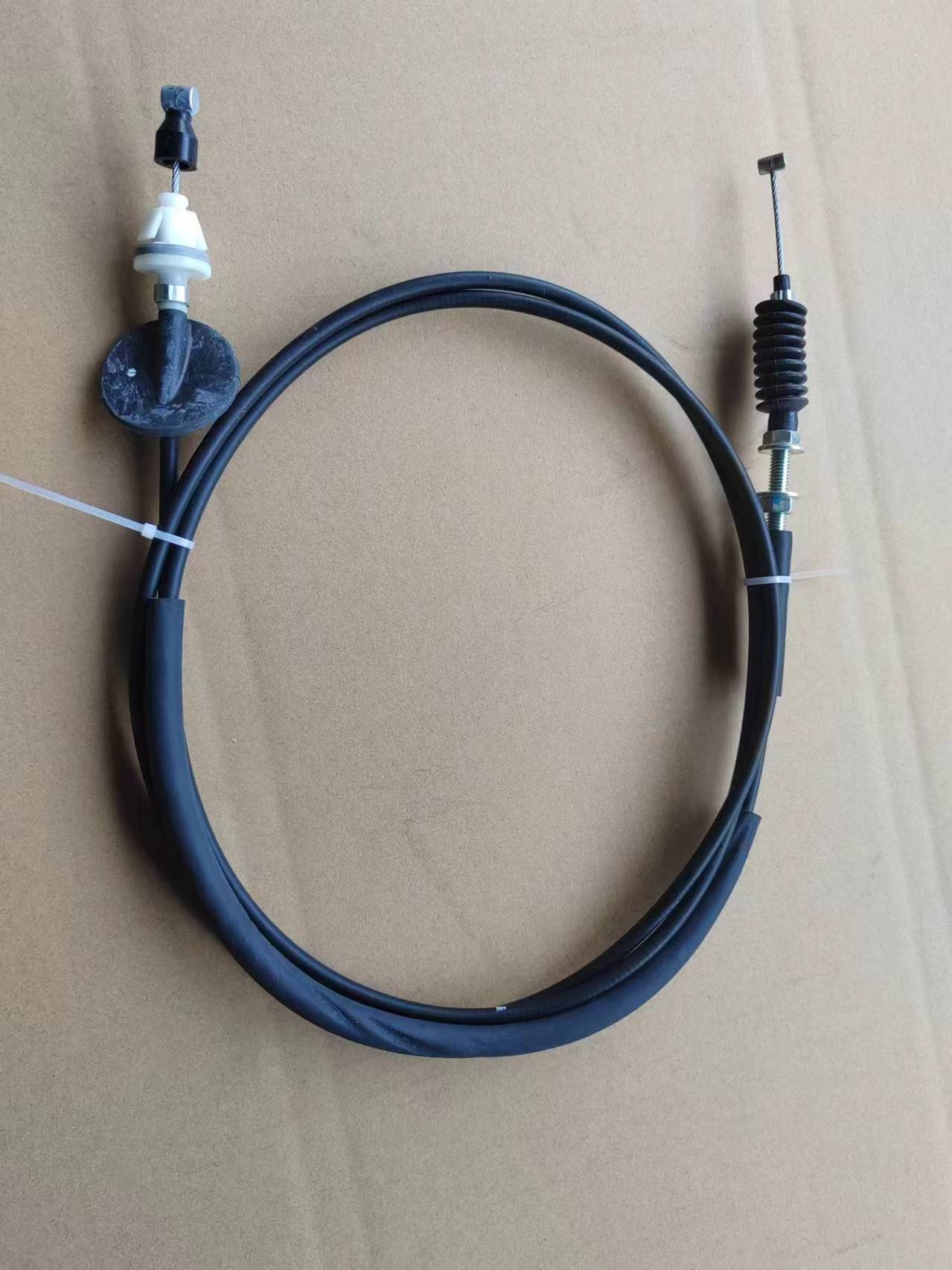handbrake wire
Understanding Handbrake Wire A Critical Component for Vehicle Safety
Handbrake wires, typically associated with the vehicle's parking brake system, play a vital role in ensuring that cars remain stationary when parked. This critical component, often overlooked, acts as a mechanical link allowing the driver to engage the parking brake effectively. In this article, we will explore what handbrake wires are, how they operate, common issues associated with them, and the overall importance of maintaining them.
What is a Handbrake Wire?
Handbrake wires, also known as parking brake cables, are steel cables that connect the handbrake lever located within the vehicle's cabin to the brake assembly at the rear wheels. When the driver pulls the handbrake lever, the wire tightens, causing the brakes to engage and hold the vehicle in place. The system is designed to withstand considerable tension, ensuring that the vehicle doesn’t roll away on inclines or during unexpected situations.
How Does It Operate?
When you pull the handbrake lever, the attached wire pulls on a lever in the brake assembly, engaging the brake shoes or pads. This action presses the shoes against the drum or the pads against the rotor, thereby preventing the wheels from turning. The simplicity of this mechanism is one of its strengths. However, various factors can affect its efficiency, including wear and tear, corrosion, and improper installation.
Common Issues with Handbrake Wires
Despite their robust design, handbrake wires can experience issues over time
. Some common problems include1. Wear and Tear Frequent use can lead to fraying or stretching of the wire. A worn wire may not provide sufficient tension, resulting in a handbrake that feels loose or ineffective.
handbrake wire

2. Corrosion Exposure to moisture, road salt, and debris can lead to rust and corrosion. This deterioration not only weakens the wire but can also hinder its movement, making it difficult to engage the handbrake.
3. Improper Installation If the handbrake wire is not installed correctly, it can lead to improper functioning. This may result in the handbrake not engaging fully or disengaging unexpectedly.
4. Obstruction Debris or sediment buildup around the cable route can prevent smooth movement, affecting performance.
Importance of Maintenance
Maintaining the handbrake and associated wires is essential for vehicle safety. Drivers should regularly check the condition of the handbrake wire, especially if they notice any changes in its operation, such as increased pull distance or a grinding noise when engaged. Regular inspections can help identify issues early, preventing potential failures.
Additionally, drivers should ensure that the handbrake is properly adjusted. An overly tight or loose handbrake can lead to difficulty in engaging the brakes. Most modern vehicles come with an adjustable handbrake mechanism, but if you're unsure how to make adjustments, it's wise to consult with a professional mechanic.
Conclusion
In conclusion, while often a secondary concern compared to other vehicle components, handbrake wires are crucial for automotive safety. They ensure that vehicles remain securely stationary when parked, contributing to overall road safety. By staying informed about their function, recognizing common issues, and performing regular maintenance, drivers can ensure that their handbrake system operates efficiently. Whether you are a seasoned automotive enthusiast or a casual driver, understanding the role of handbrake wires and their importance can enhance your awareness and vigilance regarding vehicle safety. Regular checks and proper care not only prolong the life of these components but also ensure that you and your vehicle stay safe on the road.
-
Upgrade Your Control with Premium Throttle CablesNewsAug.08,2025
-
Stay in Control with Premium Hand Brake CablesNewsAug.08,2025
-
Experience Unmatched Performance with Our Clutch HosesNewsAug.08,2025
-
Ensure Safety and Reliability with Premium Handbrake CablesNewsAug.08,2025
-
Enhance Your Vehicle with High-Performance Clutch LinesNewsAug.08,2025
-
Elevate Your Ride with Premium Gear CablesNewsAug.08,2025
